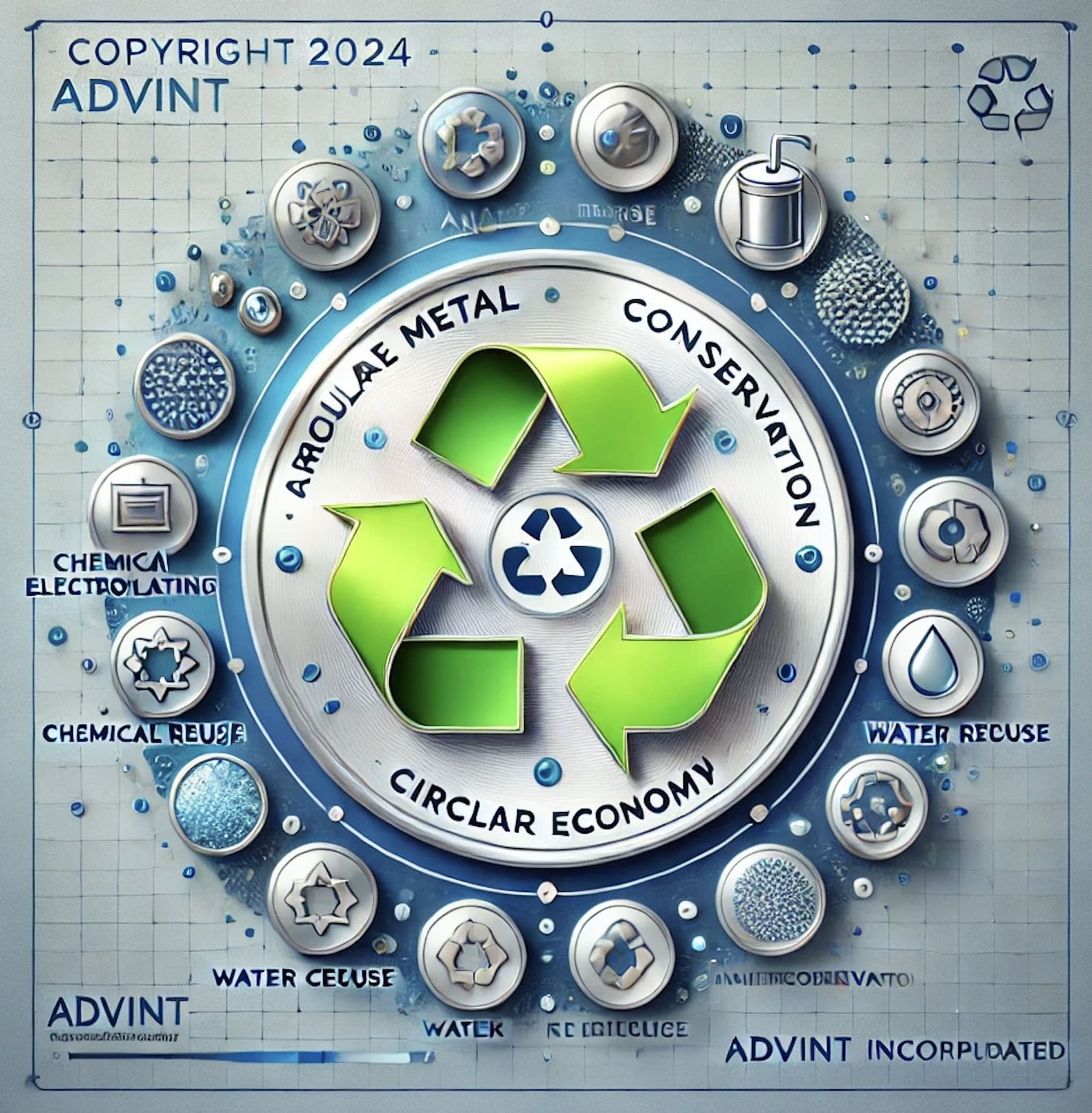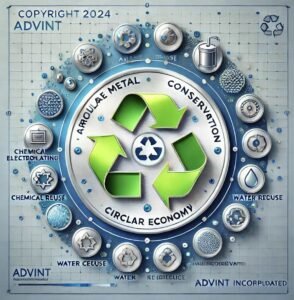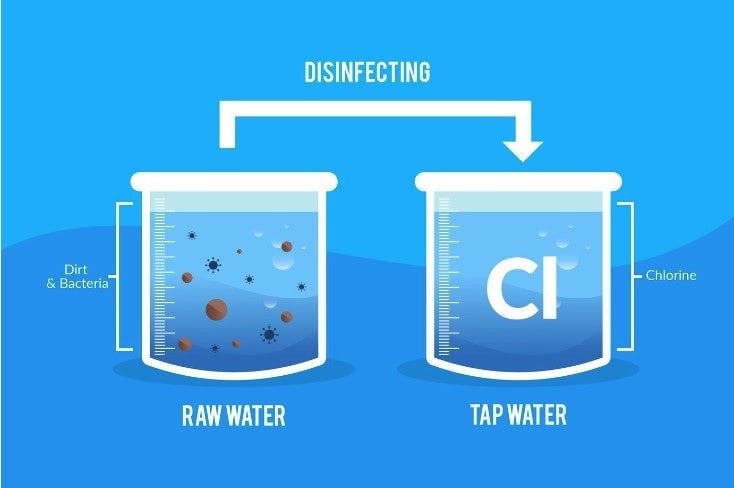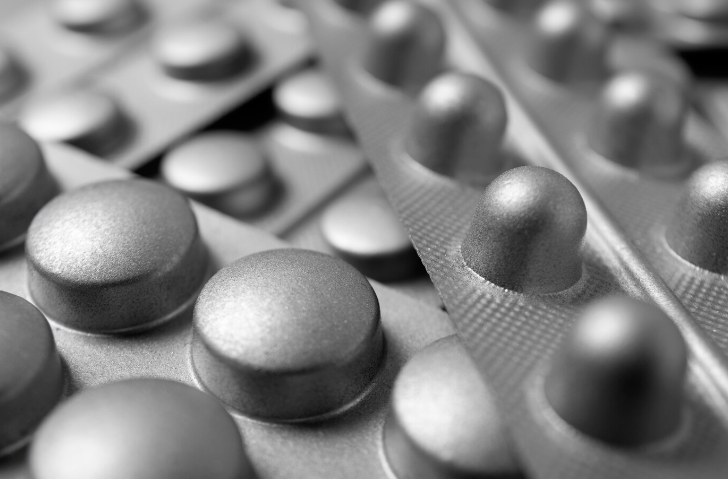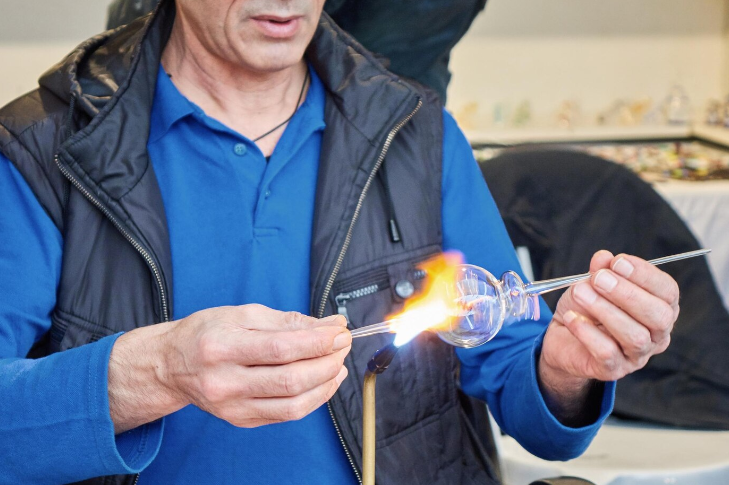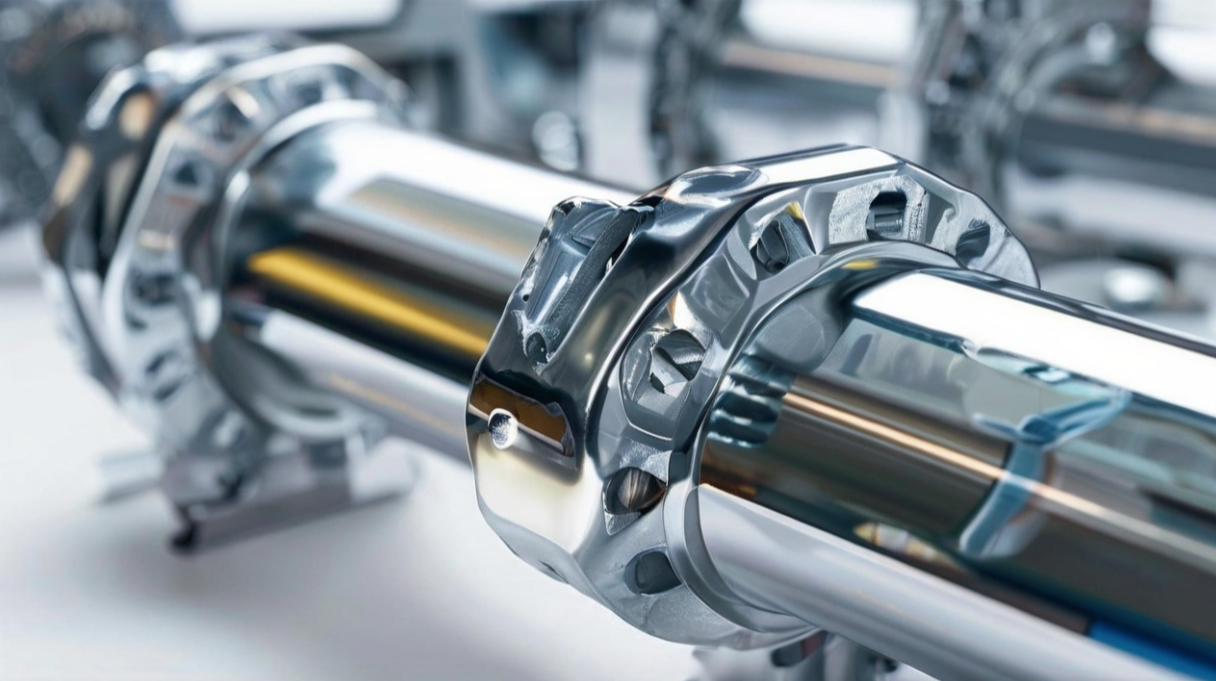Boost Profits with Circular Electroplating: How a Circular Economy Lowers Your Variable Costs
The significance of a circular economy (CE) is growing in specialized sectors such as electroplating, amidst the rapidly evolving industrial landscape. The circular economy framework draws influence from various theories, including the Cradle-to-Cradle design philosophy by William McDonough and Michael Braungart. The global influence of the circular economy concept has been significantly advanced by the Ellen MacArthur Foundation.
In the past, electroplating typically followed a linear production model that included raw materials, product manufacturing, and the creation of waste. Nevertheless, the industry is increasingly embracing circular principles due to the growing focus on sustainability. This shift focuses on conserving, reusing, and recycling resources such as anode materials, chemicals, water, and energy.
In this paper, you will find an explanation of circular economy, its origins, and how electroplating can integrate this concept through specific examples.
Circular Economy
Adopting a circular model in electroplating is both an environmental necessity and a strategic step towards ensuring sustainable business operations. Circular Electroplating Effectiveness Indicators (CEEI) have emerged as an essential tool for companies aiming to align with circular economy strategies. Businesses must use these indicators to assess their effectiveness in minimizing resource use, waste reduction, and material reuse.
Circular Transition Indicators (CTI) and Circulytics are examples of CEEI. CTI focuses on aspects such as the use of critical materials, circular material productivity, and circular revenue. Circulytics provide a scorecard to help companies identify blind spots and inform their circular strategies.
Recently, various tools have been developed to measure circularity, primarily focusing on material flows and product lifecycles. While these tools are invaluable, there is a growing need for more holistic methods that assess circularity at the company level. This is particularly important for industries like electroplating, where resource efficiency can significantly impact both the environment and the bottom line.
Electroplating Sector – Challenges and Opportunities
The electroplating industry faces unique challenges in transitioning to a circular economy. The plating process requires the meticulous handling of crucial resources like anode metal, chemicals, water, and energy. Implementing circular practices in these areas can lead to significant reductions in waste and environmental impact.
Key Areas
Anode Metal Conservation:
Optimizing anode metal usage is a primary focus. By optimizing the consumption of precious metals such as gold and implementing recovery processes, companies can lower costs and reduce their environmental footprint. The process engineer can optimize metal deposition on the cathode by understanding current efficiency, throwing power, and Pourbaix diagram.
Chemical Reuse and Recycling:
Circular practices encourage the reuse and recycling of the plating chemicals, reducing the need for fresh inputs and minimizing waste. Important aspects include the concept of drag in and drag out, electrolyte evaporation, contamination reduction, and bath purification.
Rinse Water Conservation:
Implementing water recycling systems and optimizing rinsing processes can significantly reduce water usage, contributing to both environmental and economic benefits. One possible example to consider is a closed loop ion exchange system.
Energy Efficiency:
Transitioning to energy-efficient technologies and exploring renewable energy sources can drastically reduce energy consumption. Use of solar energy and natural gas are a few aspects to consider.
Electroplating & Circular Economy
The shift towards a circular economy presents significant challenges for the electroplating industry but also immense opportunities. By adopting tools like the Circularity Assessment Protocol, companies can steer their operations towards sustainability, reducing resource consumption, minimizing waste, and creating a more resilient business model for the future. In this new era of industrial evolution, embracing circularity is not just an option—it’s a necessity.
Through innovation, strategic planning, and the right tools, the electroplating industry can lead the way in creating a more sustainable and economically viable future.
Circularity Assessment Tools (CAT)
To successfully transition to a circular economy, electroplating companies need robust tools to measure their circularity. One such tool is the Circularity Assessment Protocol (CAP), developed by the Circularity Informatics Lab at the University of Georgia. The CAP is designed to help companies collect and analyze data on resource usage, waste management, and environmental impact.
In the context of electroplating, CAP can assess the effectiveness of circular practices in reducing anode material consumption, chemical usage, water consumption, and energy expenditure. By providing data-driven insights, CAP empowers companies to identify gaps in their processes and develop targeted interventions to enhance circularity.
Guidelines for Circular Strategies
Focus on Functionality and Quality Performance:
Through this paper we emphasize creating products that serve their primary function effectively and are built to last. It applies to various circularity strategies such as rethink, reconfigure, and reinvent.
Ease of Dismantling:
Designing products for easy disassembly enables reuse, repair, or recycling, which is crucial for extending product life and minimizing waste. The design phase is vital for both manual and automated electroplating. Consider future repairs, improvements, and changes to make the line adaptable to all inconceivable probabilities.
Use of Recyclable and Secondary Materials:
Prioritizing materials that can be recycled or have been recycled before helps reduce resource consumption and waste, aligning with circularity strategies like repurpose and recycle.
Accessibility of Faulty Component Replacement:
Ensuring that faulty parts of a product can be easily replaced enhances the product’s lifespan and reduces the need for complete replacements.
Consideration of Toxicity and Environmental Impact:
Choosing materials that are not harmful to the environment supports circularity by reducing the ecological footprint. Think of REACH, WEEE, EPA regulations, and RoHS requirements when developing a new electroplating process.
The above guidelines promote sustainability and circularity in product design, addressing various stages of a product’s lifecycle, from initial design to end-of-life management.
Implementation
Anode Materialselectroplating process
In the electroplating process, the anode is crucial for supplying metal ions for deposition. In a circular economy, anode materials can be recovered and reused, reducing the need for virgin material extraction. This can be achieved through processes like metal recovery from spent anodes or using insoluble anodes that can be reused multiple times.
Plating Chemicals and Rinse Water
Electroplating processes often involve various chemicals, such as plating solutions, cleaning agents, and pH regulators. In a circular economy, these chemicals can be recycled and reused within the system, minimizing waste and reducing the need for new chemical inputs. Additionally, water used in the electroplating process can be treated and recirculated, further improving resource efficiency.
Energy Efficiency
The electroplating process requires significant energy, primarily for electrochemical deposition and heating. In a circular economy, energy efficiency can be improved through renewable energy sources, such as solar or wind power, and optimizing production processes to reduce energy consumption.
Electroplating Wastewater and Sludge Treatment
Electroplating processes generate wastewater containing heavy metals, acids, and other contaminants. In a circular economy, this wastewater can be treated, and valuable metals recovered for reuse, while treated water can be reused within the production process or discharged safely. Additionally, sludge generated from wastewater treatment can be processed to recover valuable metals such as nickel and copper.
Recycling and Reuse Strategies
Several materials can be recycled in the electroplating process as part of a circular economy approach:
Electroplating Solutions:
Used plating solutions containing metals like copper, nickel, chromium, or gold can be treated, and the metals recovered for reuse through techniques like electrolytic recovery, ion exchange, or chemical precipitation.
Alkaline Cleaning and Rinsing Solutions:
Spent solutions used in pre-treatment or post-treatment stages can be treated, contaminants removed, and water reused within the process, reducing freshwater intake and wastewater generation.
Energy Recovery:
Heat generated during electroplating, such as from heating solutions or drying parts, can be captured and reused, reducing overall energy consumption.
Spent Filtration Media:
Filtration media used to remove contaminants can be regenerated or replaced, ensuring efficient treatment and reuse of materials.
By implementing a comprehensive recycling and reuse strategy, electroplating companies can significantly reduce their reliance on virgin raw materials, lower their environmental impact, and improve overall sustainability.
An Idea in Brief
Transitioning to a circular economy in electroplating improves environmental impact and boosts economic viability and resource efficiency.
In today’s economic and geopolitical landscape, where many metals are skyrocketing in price due to a super cycle, embracing a Circular Economy in your electroplating process isn’t just a smart choice—it’s essential.
By optimizing how you use resources, you can drastically cut down on variable costs tied to anodes and metals, and even unlock savings across other key areas of your operation.
Imagine boosting your profitability while staying ahead of the curve in a competitive market. That’s the power of circular electroplating. To achieve this, we need innovative technologies, collaboration across the value chain, and a shift in mindset towards sustainability and resource-consciousness. The electroplating industry can pave the way for a sustainable and economically viable future by adopting circular principles.
Read More
Copper Electrowinning: Advanced Rectifier Systems and Power Supplies

Posted By:Venkat Raja
Aug 12, 2024
Tags:
